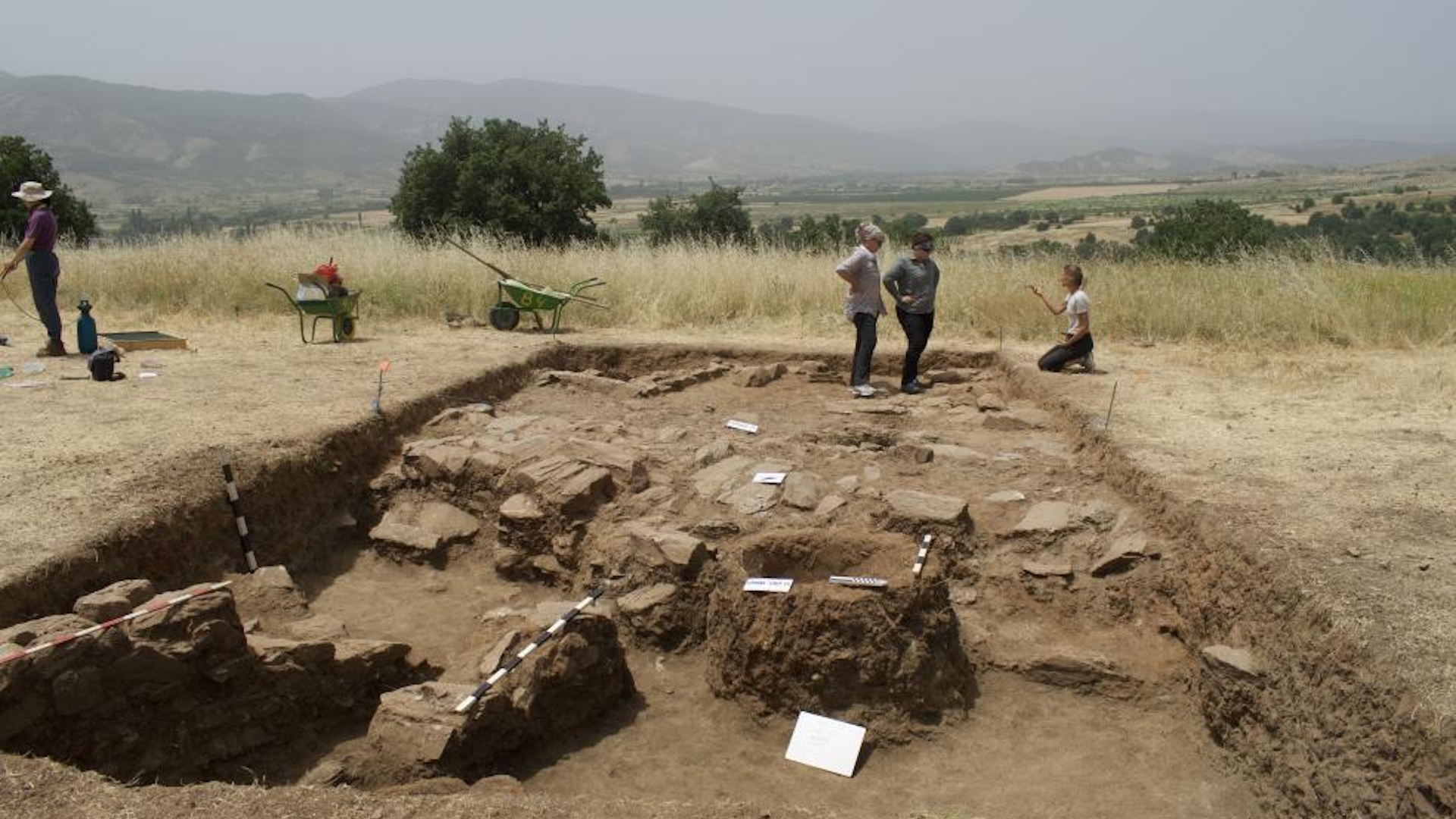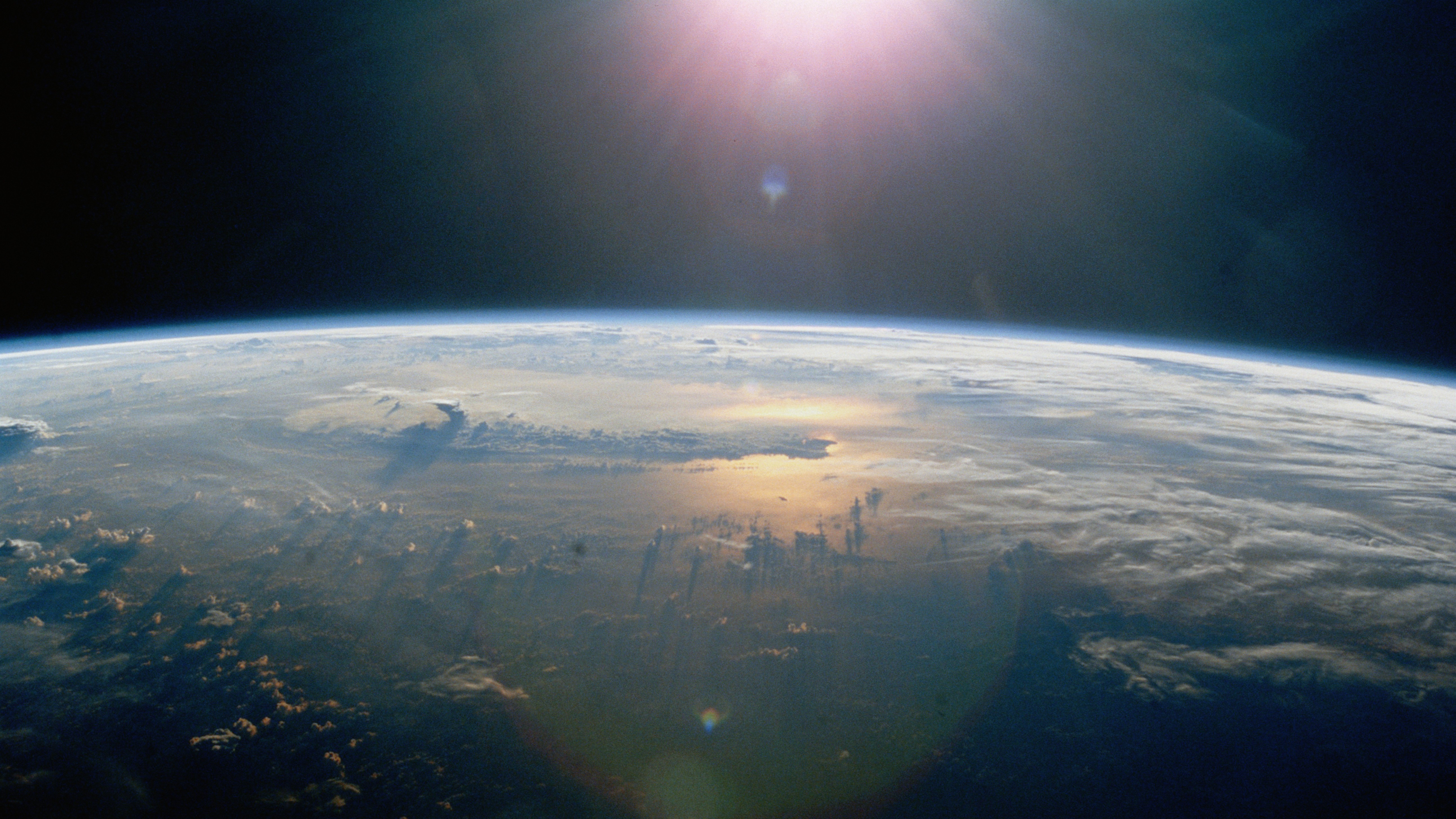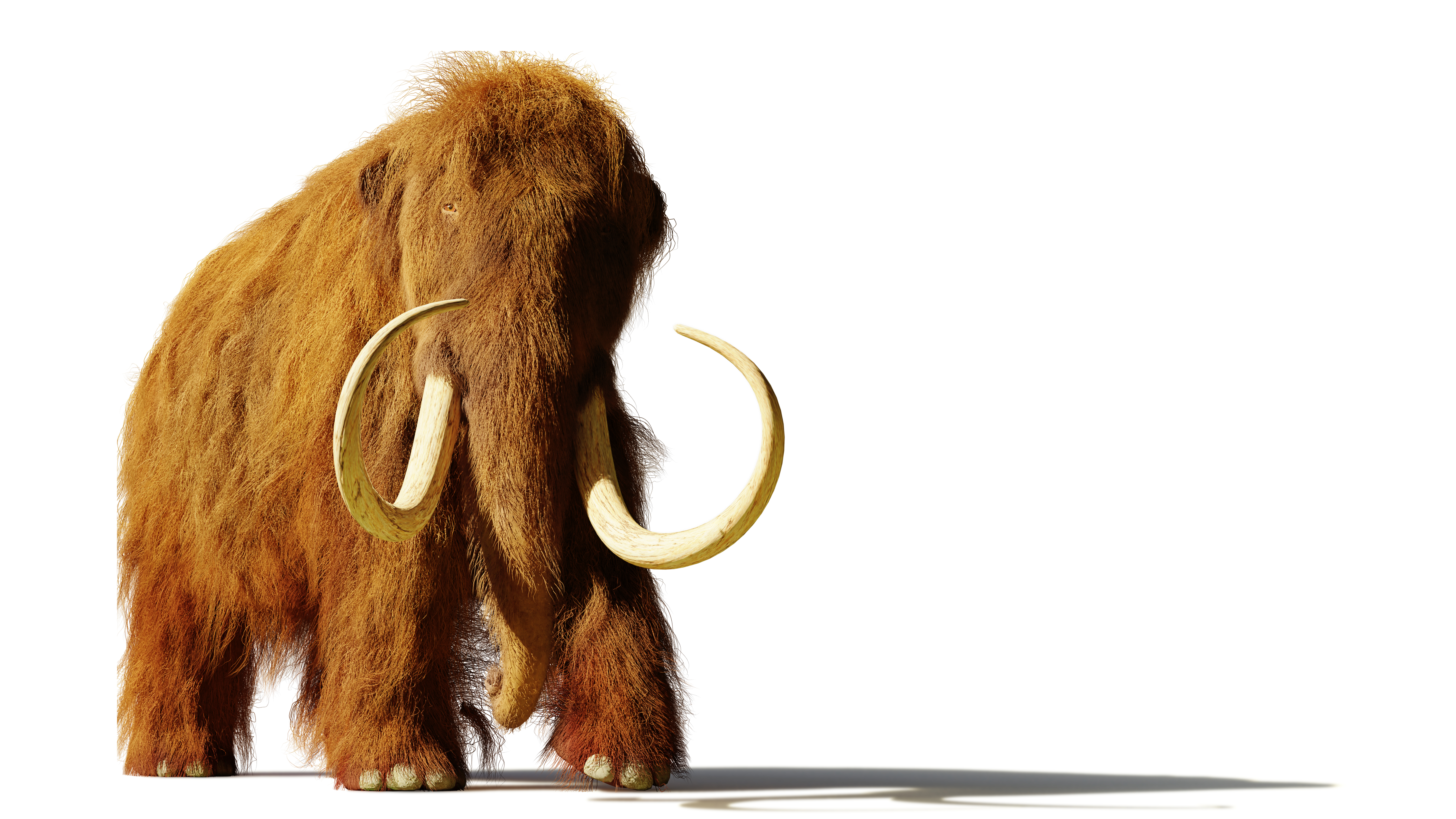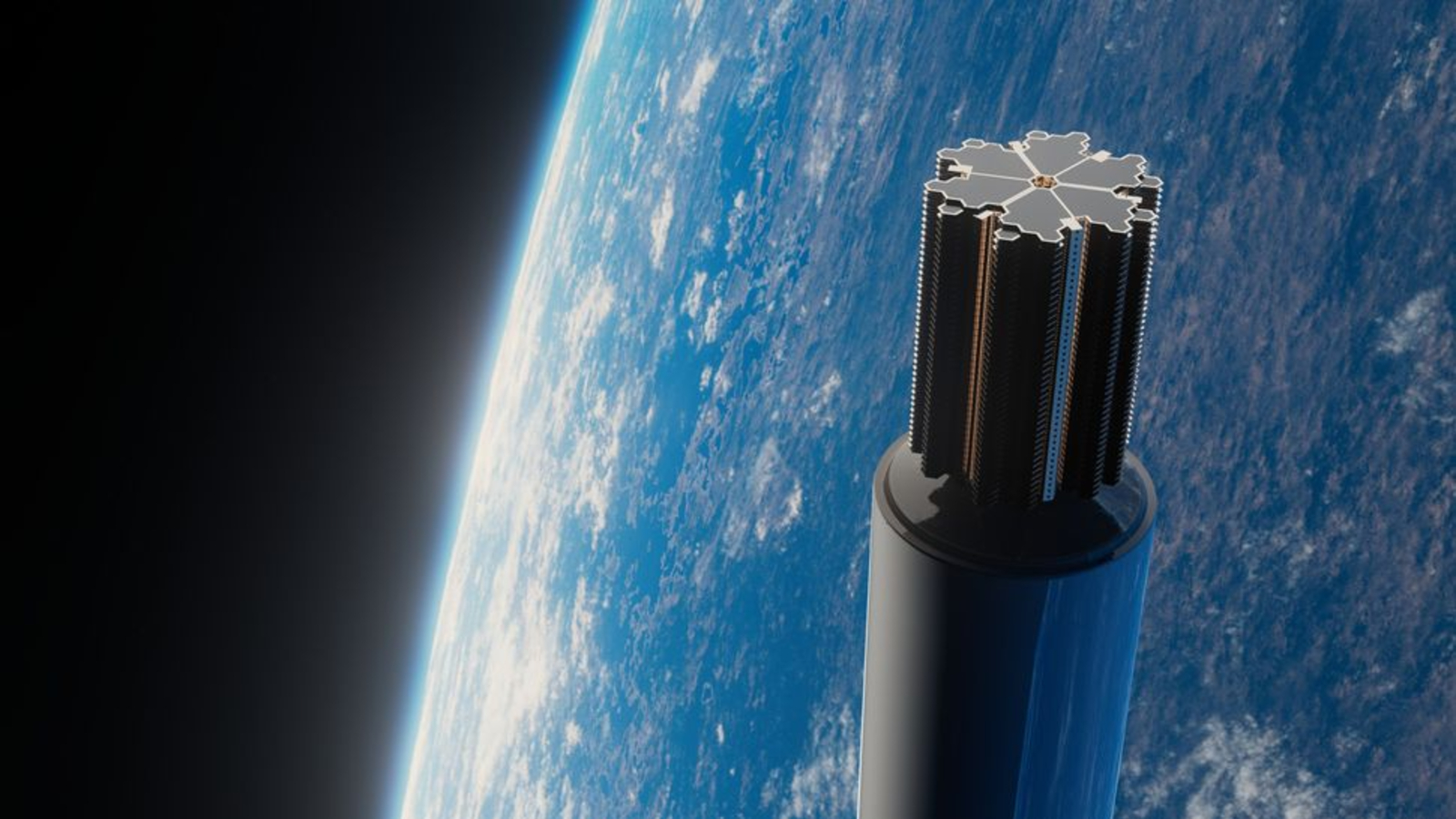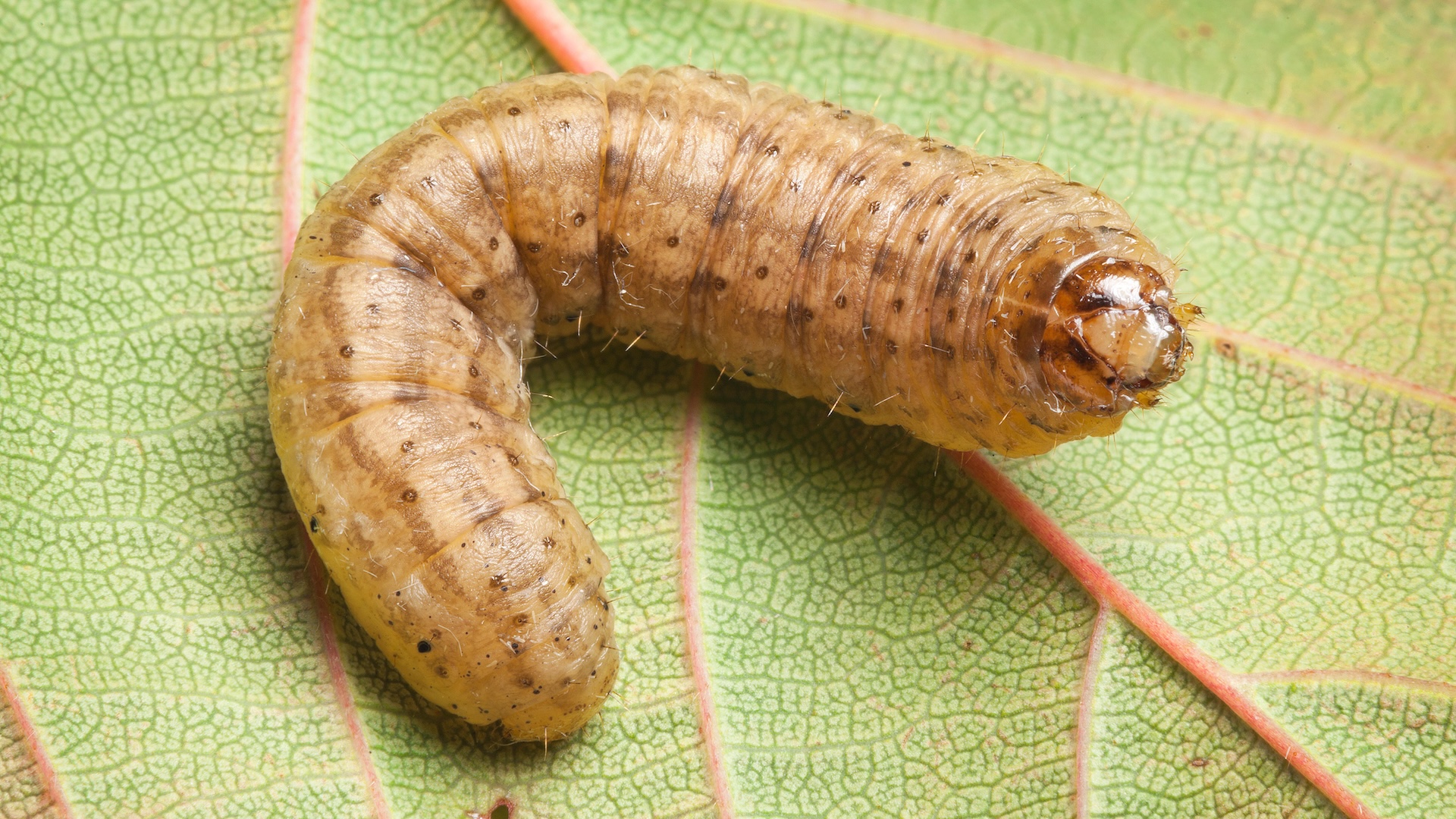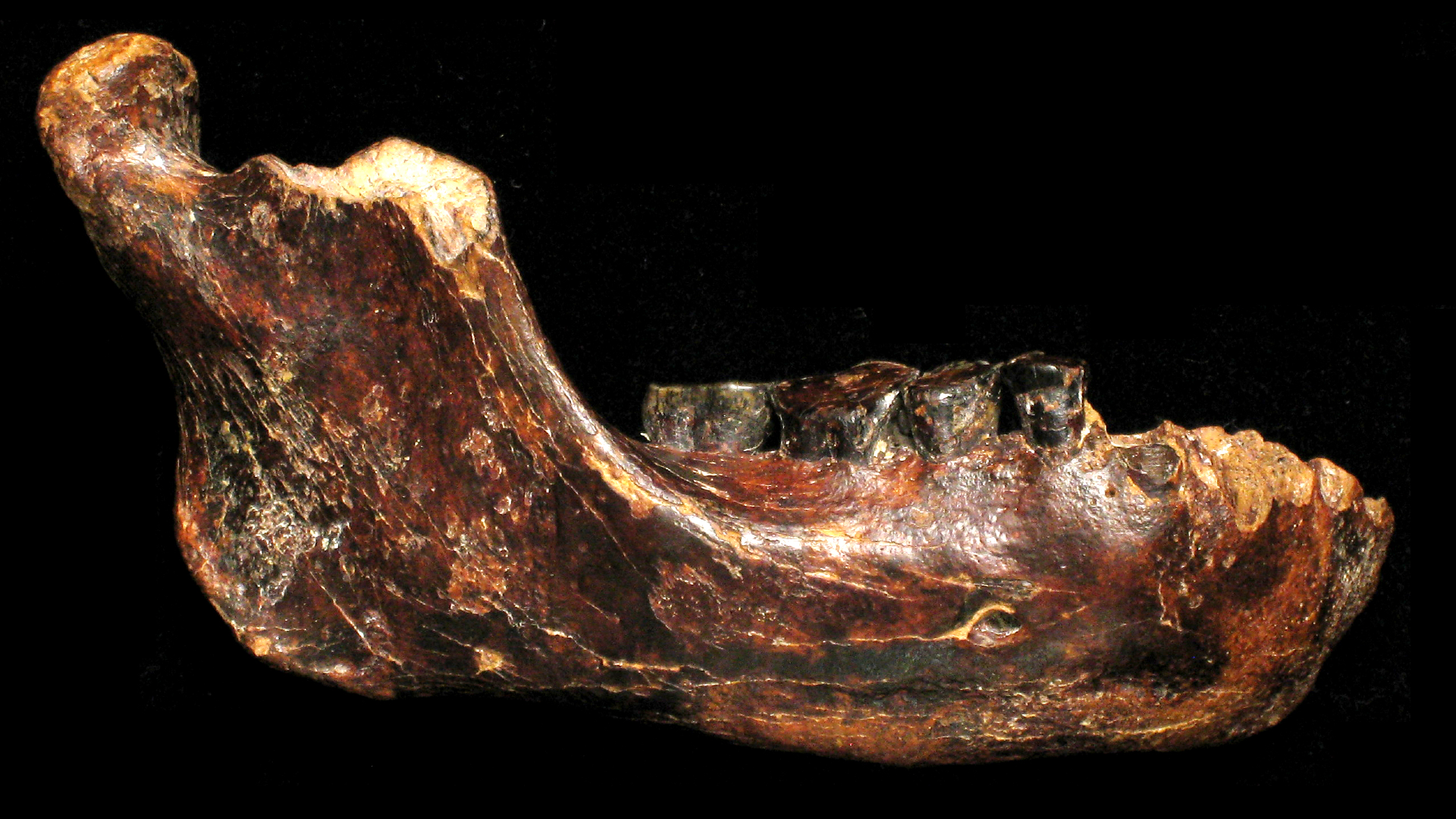Photos: These animals used to be giants
Here be giants
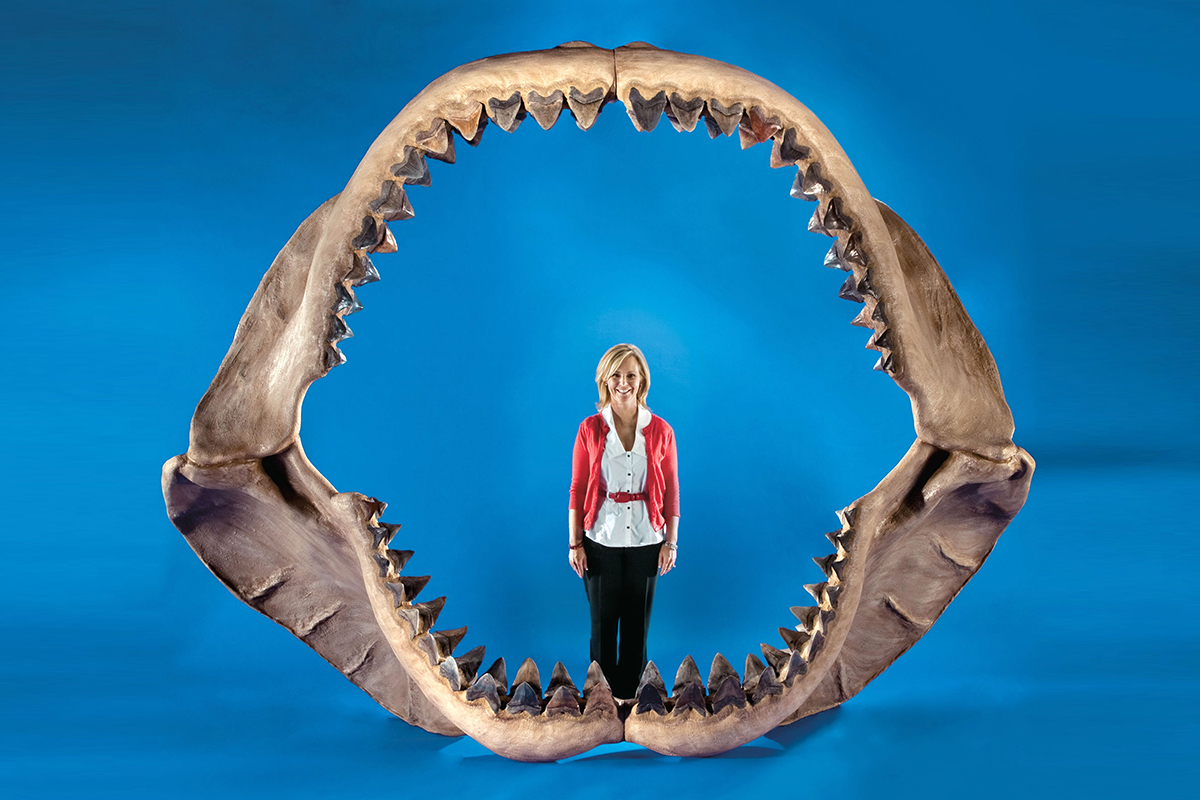
Some animals have extinct relatives that used to be super-duper huge. Like the giant shark Megalodon, whose enormous jaws are shown here. This fearsome 60-foot-long (18 meters) shark lived during the Miocene and Pliocene epochs, about 23 million to 2.6 million years ago.
Wondering what other animals used to be giant? Here's a list of 10 of them.
Ground sloth
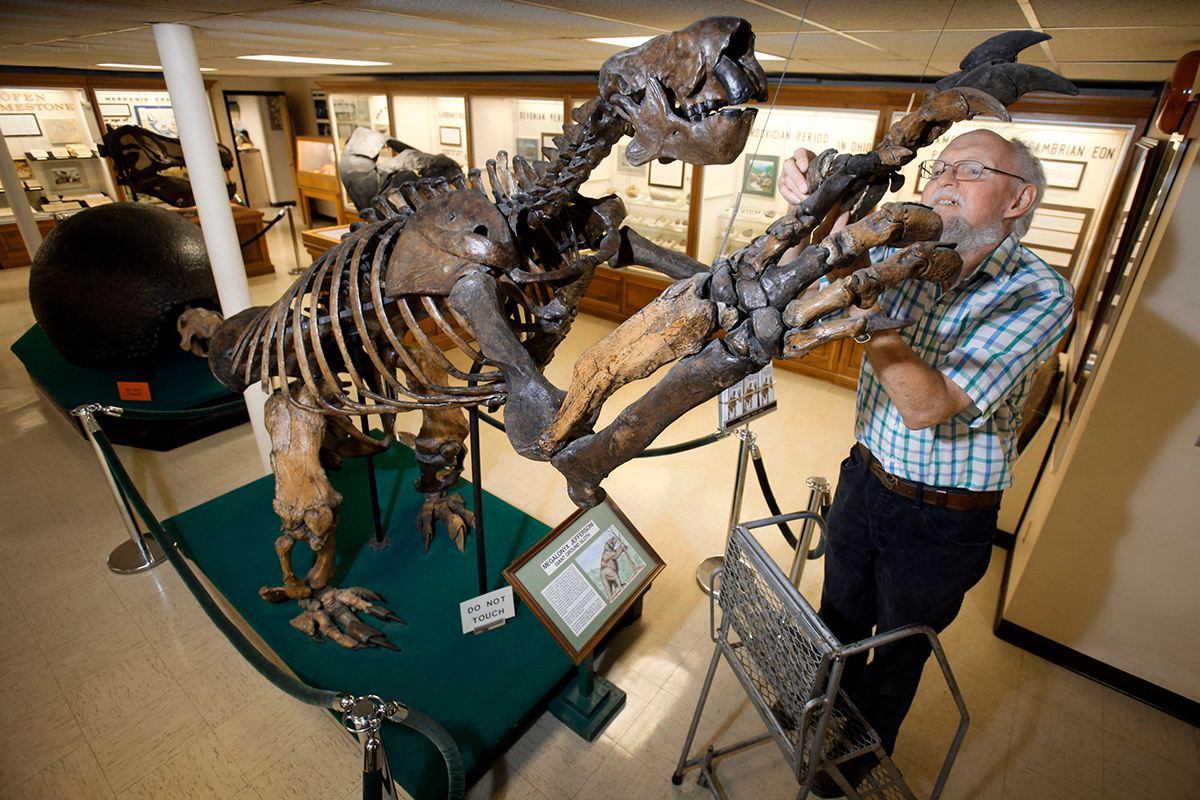
Megalonyx jeffersonii, the largest ground sloth on record, grew up to 9.8 feet (3 m) long and weighed up to 2,205 lbs. (1,000 kilograms).
That's much larger than today's six surviving sloth species, all of which live in trees and weigh less than 20 lbs. (9 kg).
Read more about the ground sloth.
Giant cheetah
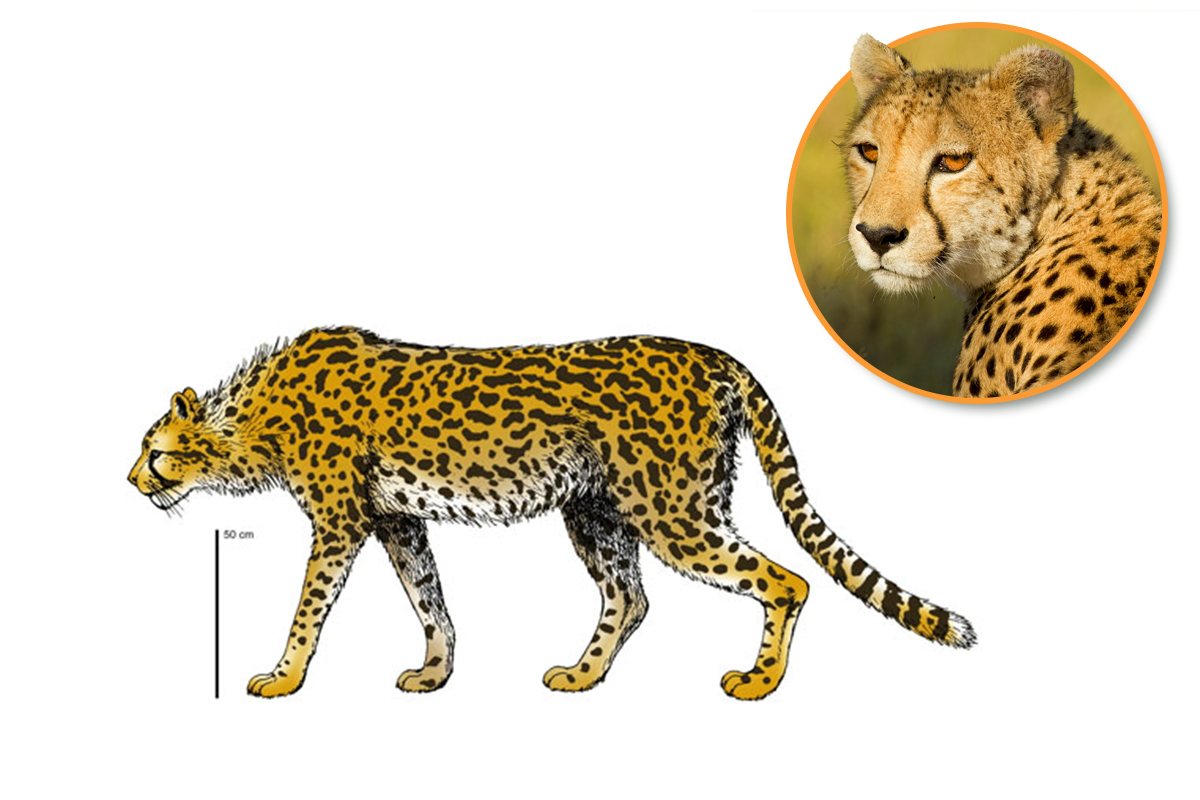
The extinct cheetah Acinonyx pardinensis had a voracious appetite, downing an estimated 16,500 lbs. (7,500 kg) of prey a year, more than any other predator within its community about 1.8 million years ago in what is now the Republic of Georgia.
A. pardinensis weighed about 220 lbs. (110 kg), roughly double the weight of its modern cheetah cousin (Acinonyx jubatus).
Read more about the giant cheetah.
Short-faced bear
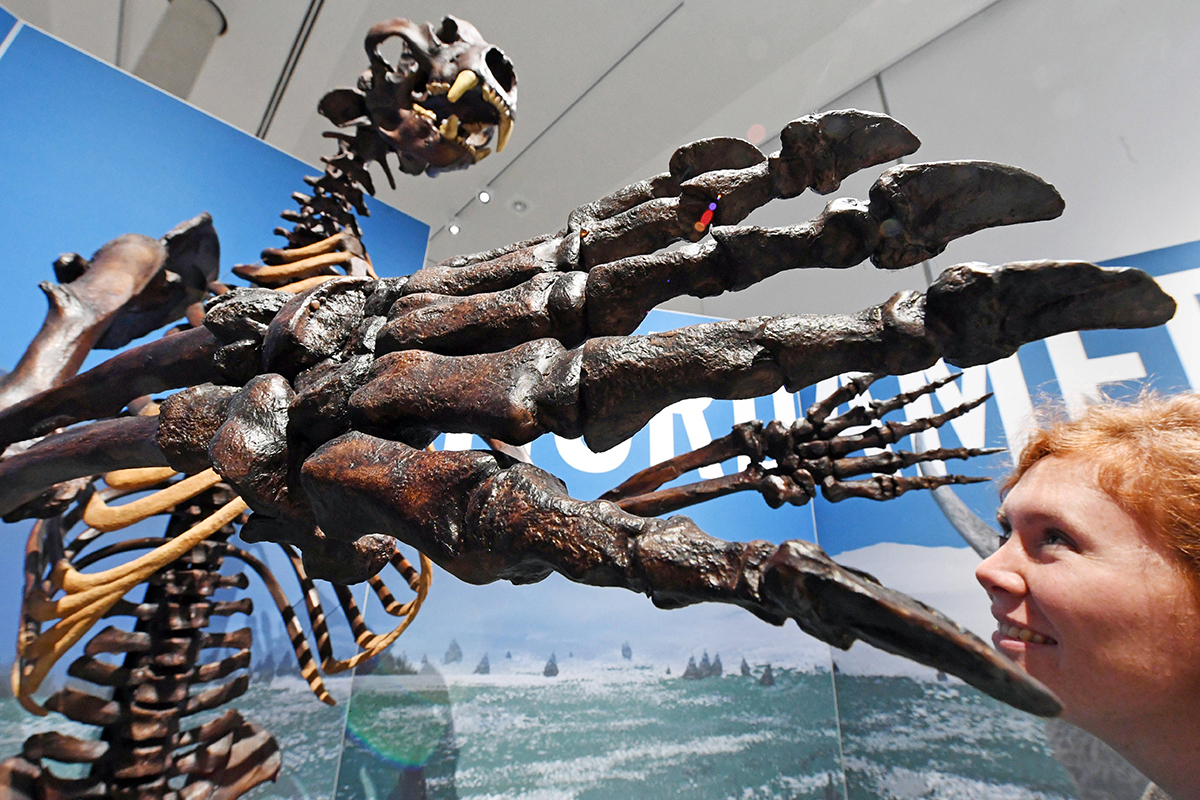
The short-faced bear (Arctodus simus) looked like a grizzly bear on stilts because it's arms and legs were at least one-third longer than those of a modern grizzly, said Ross MacPhee, a curator of mammalogy at the American Museum of Natural History in New York City.
Read more about the short-faced bear.
Giant otter
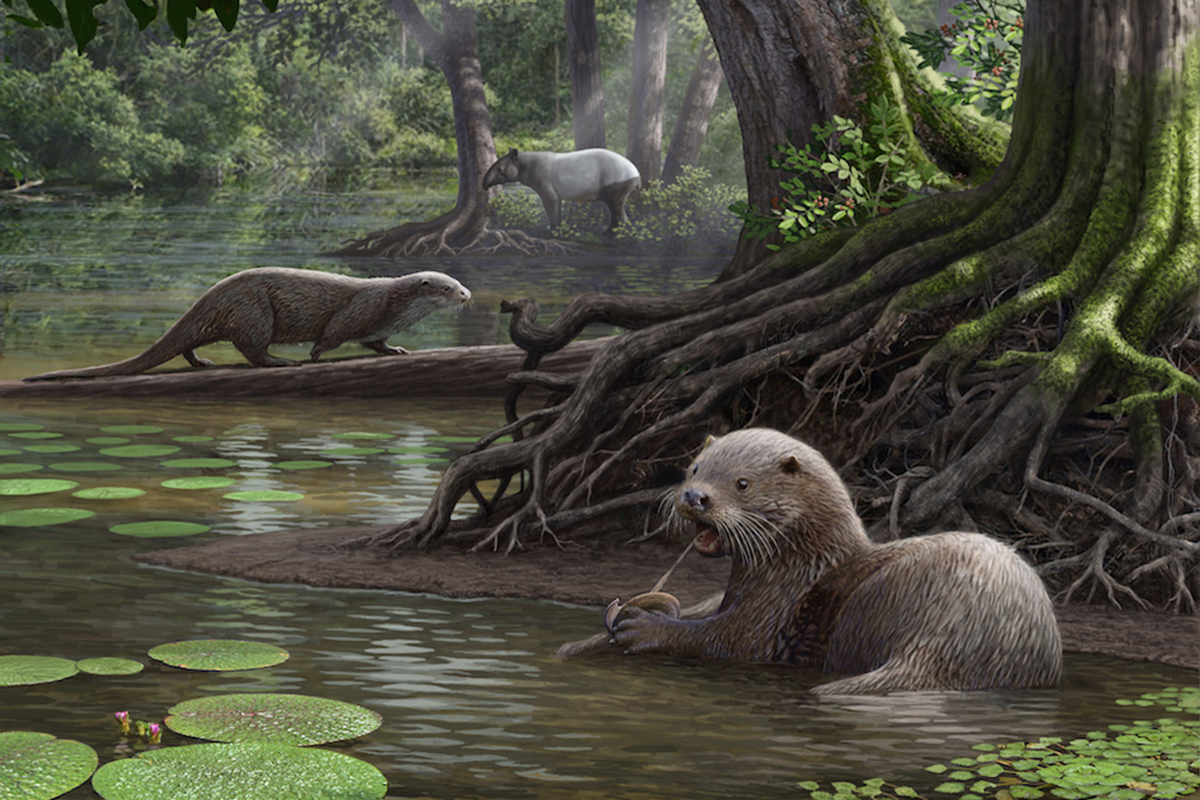
An otter the size of a wolf lived 6.2 million years ago in what is now China.
This otter (Siamogale melilutra) weighed 110 lbs. (50 kg) — about twice that of the modern-day South American giant river otter (Pteronura brasiliensis) and about four times the size of the Eurasian otter (Lutra lutra).
Read more about the ancient otter.
Enormous penguin
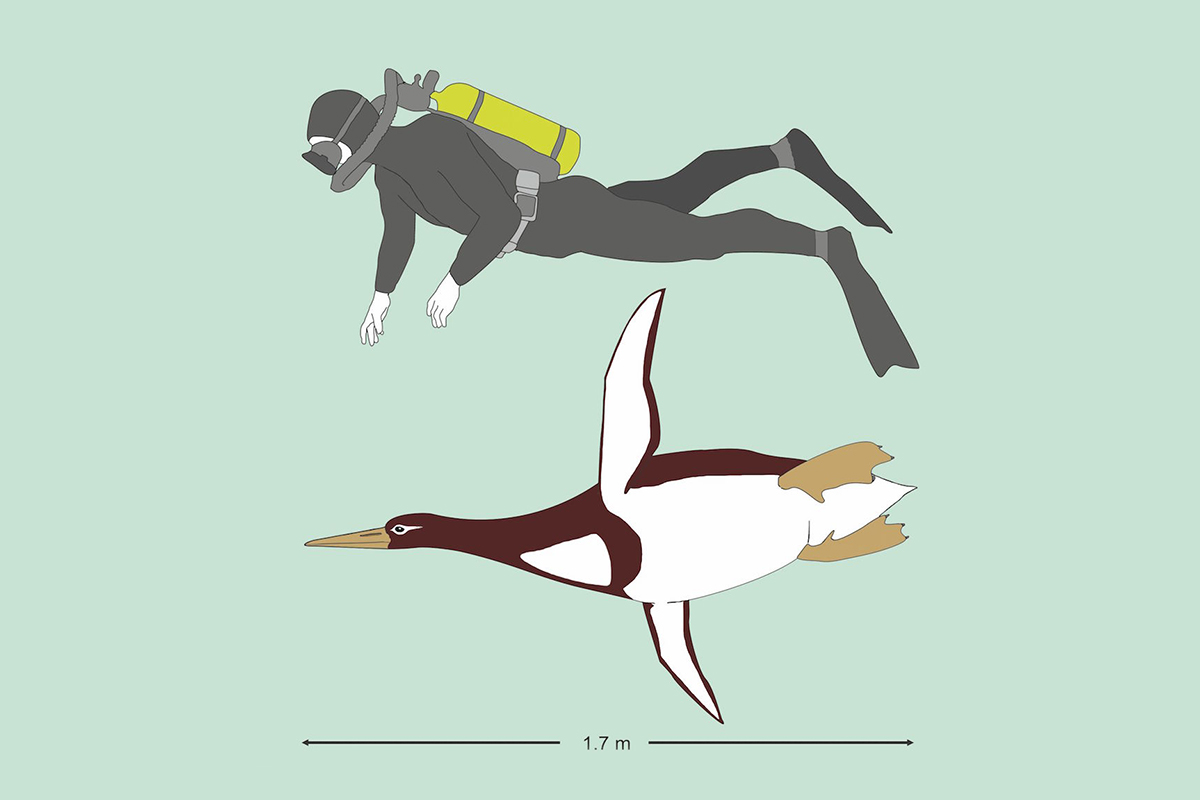
The largest penguin alive today is the emperor penguin (Aptenodytes forsteri), which stands 3 feet (0.9 m) tall. That's small compared with the prehistoric Kumimanu biceae, illustrated here. This bird stood nearly 6 feet (1.8 m) tall and weighed about 220 lbs. (100 kilograms).
But K. biceae is only the second-largest penguin on record. The largest is the 37-million-year-old Palaeeudyptes klekowskii, which was 6.5 feet (2 m) tall and weighed a whopping 250 lbs. (115 kg).
Read more about the ancient penguin.
Giant kangaroo
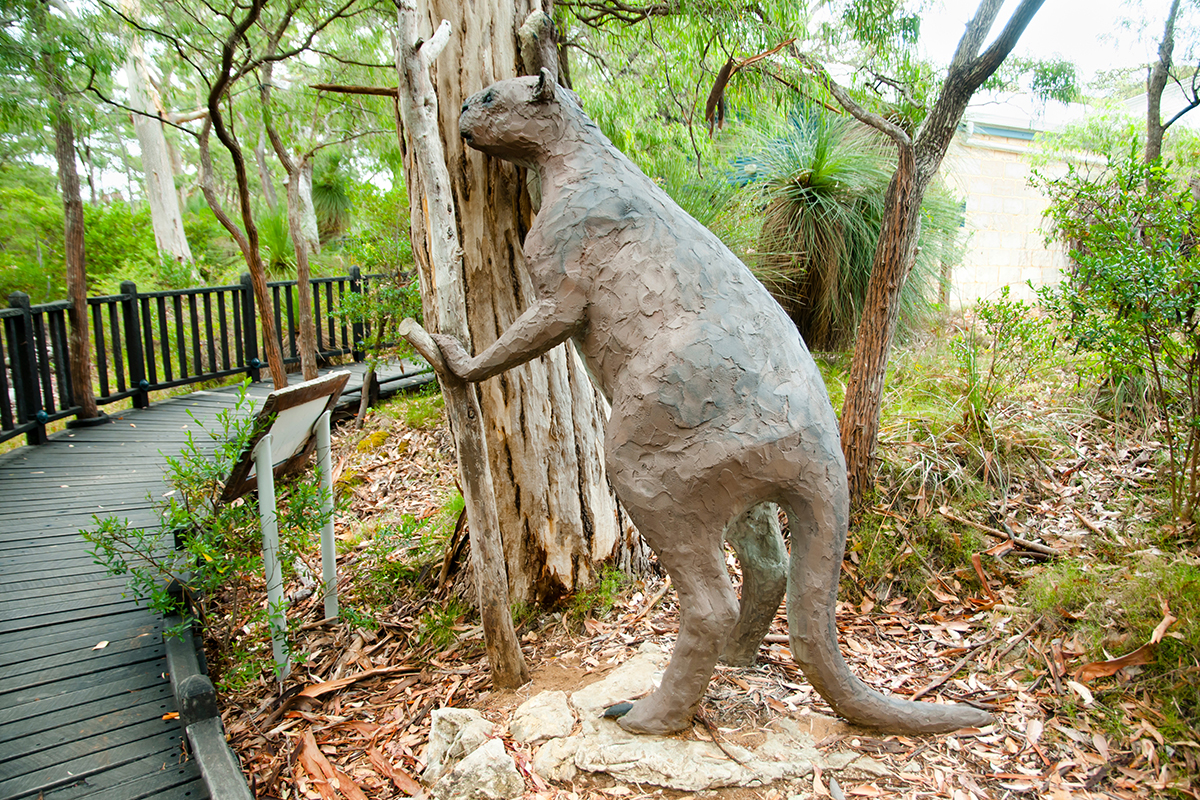
The largest kangaroo on record — Procoptodon goliah — probably couldn't hop because it was so hefty. It weighed an estimated 529 lbs. (240 kg), about three times the weight of today's kangaroos.
Read more about the giant kangaroo.
Sign up for the Live Science daily newsletter now
Get the world’s most fascinating discoveries delivered straight to your inbox.
Giant dragonfly
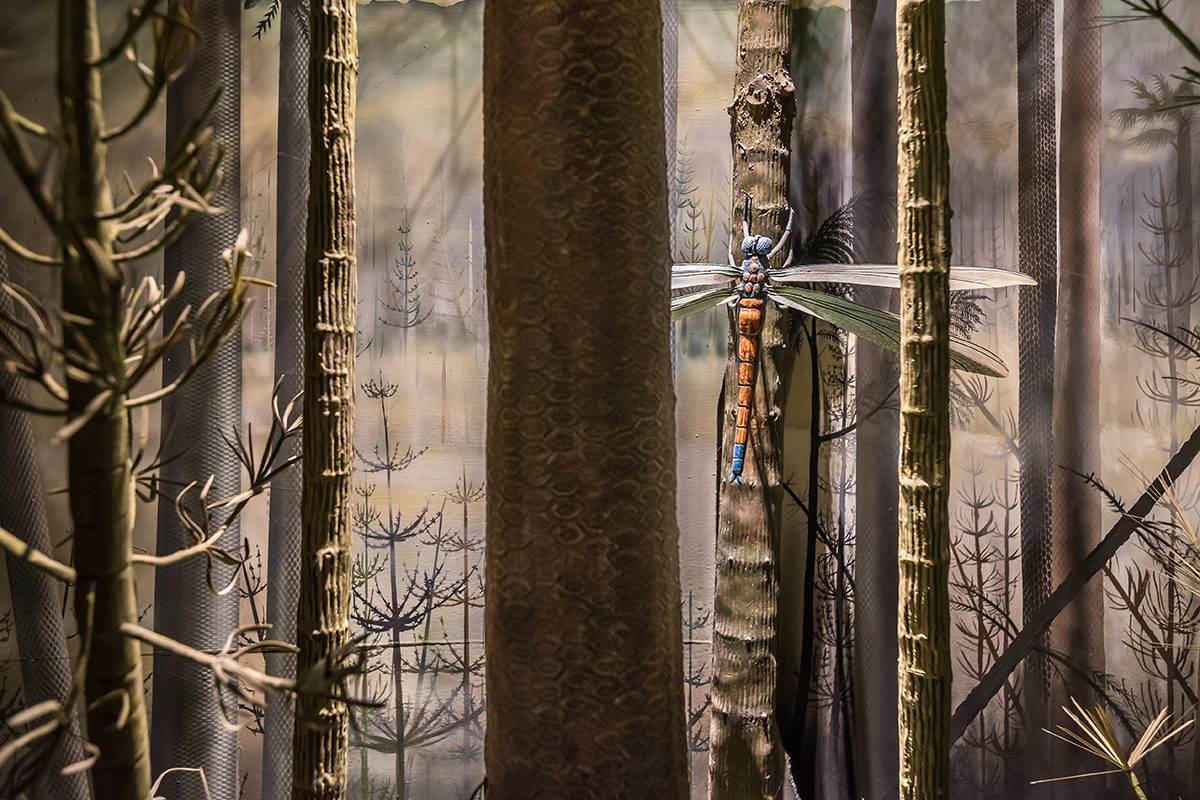
Meganeura buzzed through the oxygen-rich skies of the Carboniferous, a period lasting from about 360 million to 300 million years ago. This carnivorous insect had a wingspan of nearly 12 inches (30 centimeters), meaning it was more than 4.5 times the size of a modern dragonfly.
Read more about giant dragonflies.
Huge ape
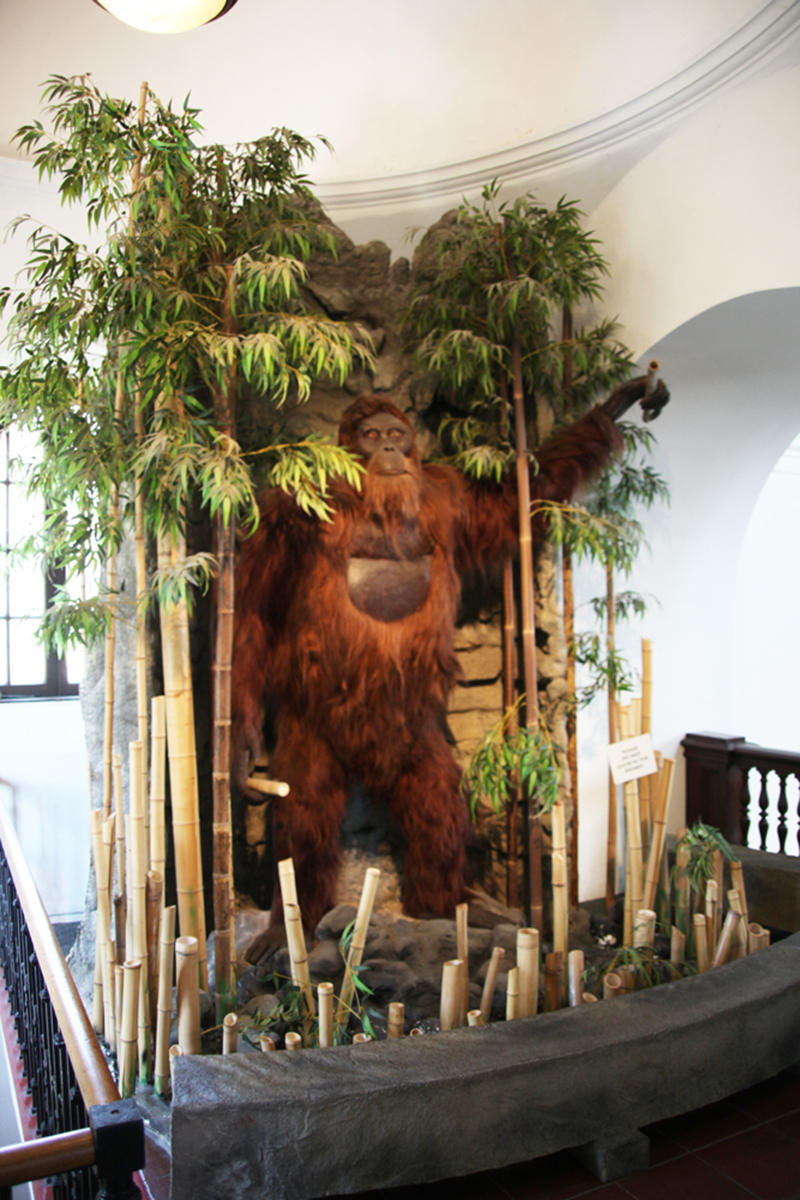
Gigantopithecus blacki is the largest ape ever to walk on Earth. It stood up to 10 feet (3 m) tall and weighed up to 595 lbs. (270 kg).
It's distant relative, the orangutan isn't nearly as large. Male orangutans can weigh up to 300 lbs. (136 kg), and female orangutans weigh less than half that, according to Orangutan Foundation International.
Read more about the ancient ape.
Spike-tooth salmon
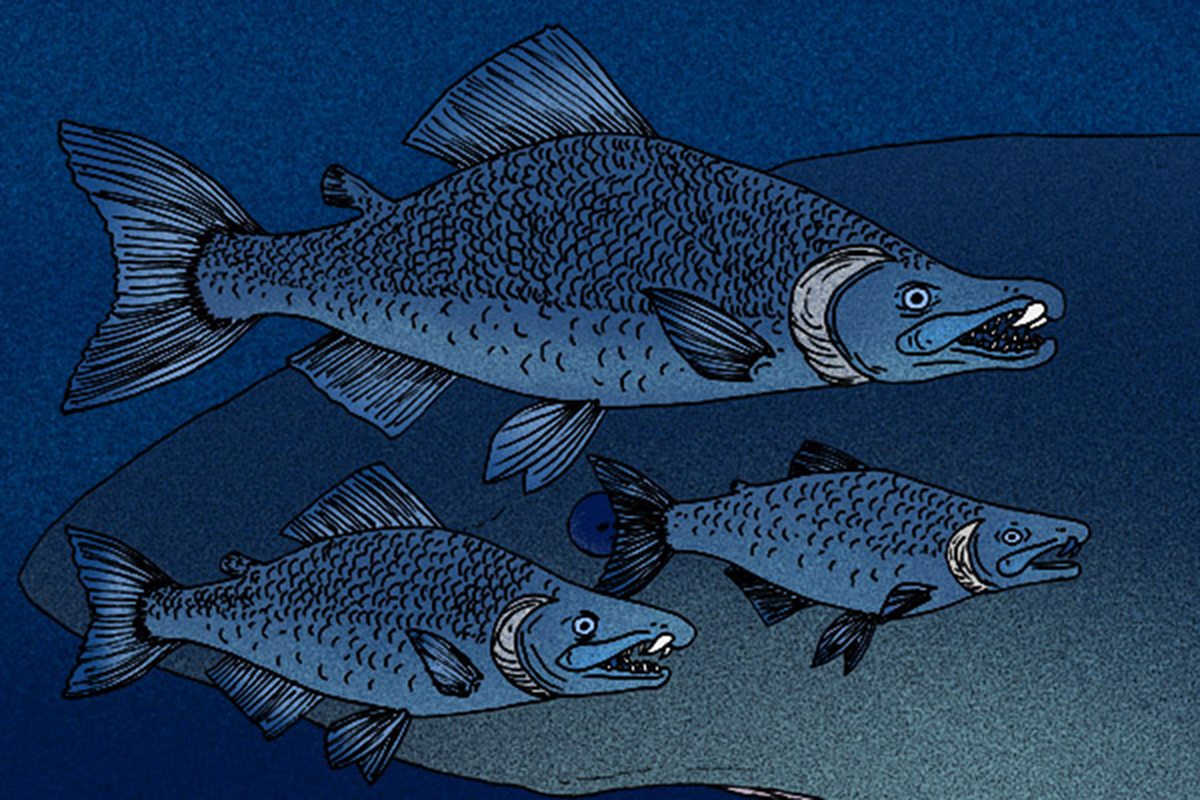
Imagine a 400-lb. (180 kg) salmon with dagger-like teeth. This now-extinct 9-foot-long (2.7 m) behemoth (Oncorhynchus rastrosus) lived in the coastal waters of the Pacific Ocean about 11 million to 5 million years ago.
Today's chinook salmon (Oncorhynchus tshawytscha) are much smaller, growing to about 2.3 feet (70 cm) long, according to Fishbase.org.
Read more about the giant salmon.

Laura is the archaeology and Life's Little Mysteries editor at Live Science. She also reports on general science, including paleontology. Her work has appeared in The New York Times, Scholastic, Popular Science and Spectrum, a site on autism research. She has won multiple awards from the Society of Professional Journalists and the Washington Newspaper Publishers Association for her reporting at a weekly newspaper near Seattle. Laura holds a bachelor's degree in English literature and psychology from Washington University in St. Louis and a master's degree in science writing from NYU.

